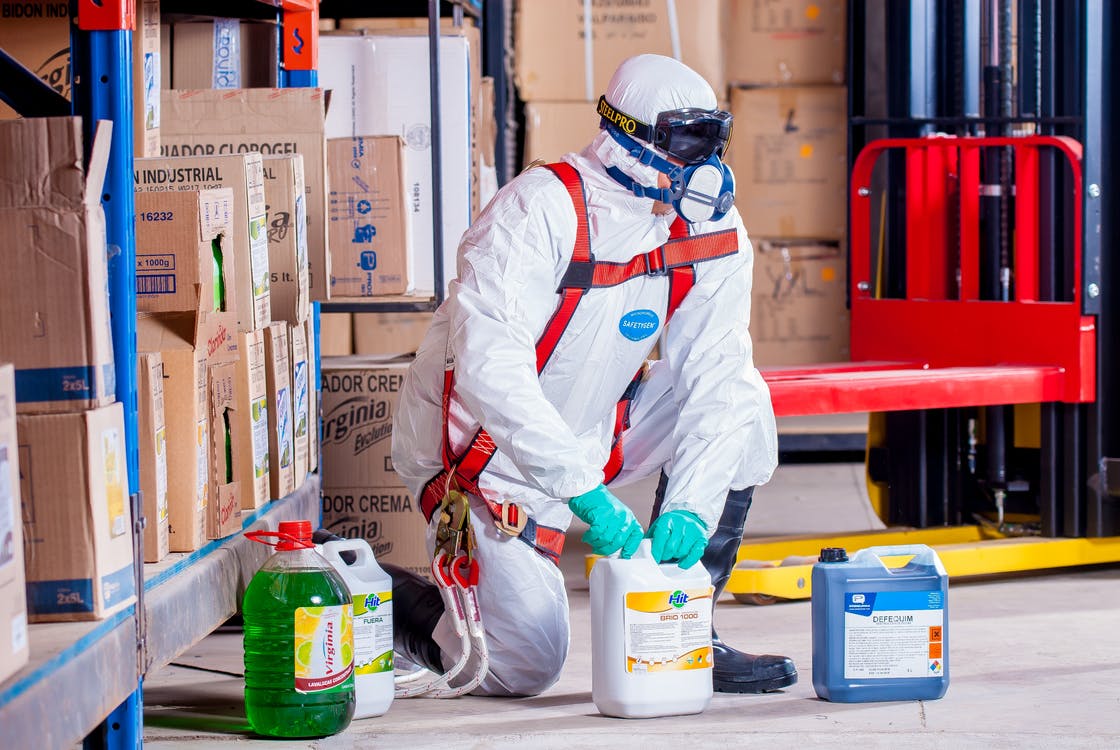We live in a society where anything that you could possibly want is readily available. Abundance and more is a common theme of the modern world. However, one of the biggest byproducts of this is harmful substances that are being released into the environment.
From food packaging and presence in human bloodstreams to entering the water supplies of many countries, this is a look into PFAS and the possible dangers of them. For more detail, check out Camp Lejeune lawsuit.
Table of Contents
What Are PFAS?
Also known as ‘forever chemicals’, Perfluorinated and Polyfluorinated Alkyl Substances (PFAS) is the name given to a group of over 4,700 chemicals. Each is man-made, and they are known for being harmful to humans and animals.
This is because they would not have occurred naturally without the influence of humans. PFAS are also known for being very difficult to get rid of, because they tend to cycle back through our systems. This includes water supply, in food, and even in blood streams.
Some PFAS were originally created in the 1930s for making clothing more durable and waterproof. They were first used in the production of different industrial items and products. However, little was known about the impact of these chemicals at the time.
Nowadays, PFAS is an environmental problem that the European Union (EU) have formed agreements over. Countries are working hard to reduce the damage that PFAS are causing, and to aim towards a PFAS- free future.
How Are People Exposed To PFAS?
Because of the widespread use of PFAS, there are multiple ways in which we are exposed to them on a daily basis. There is evidence to suggest that PFAS are present in some water supplies despite careful filtration and purification. This is partially because of how small the PFAS particles are.
Similarly, PFAS has been found in dust samples, and in the food that we eat. This is due to contaminants that are present in some farms and food manufacturers, as well as in some packaging. Because of how widespread PFAS are, it has been incredibly difficult for countries to control and monitor.
From the food we eat to water we drink, PFAS have been found in so many different things that are used every day.
How Are PFAS Dangerous?
An important thing to remember about PFAS is that there is still a significant amount of research that is taking place. Scientists are looking to figure out exactly how dangerous they are, and what health conditions they are likely to cause.
However, it is their persistence which has caused a widespread fear over PFAS in general. This is because of how difficult they are to control, and how they are believed to be linked with thyroid disease, liver damage, fertility issues, and the development of cancer.
There have also been links with high levels of PFAS in a person’s bloodstream and their risk of developing high blood pressure. Studies in mice have also found a link with liver damage. Industrial workers are more exposed to PFAS than others. However, PFAS have been found in breastmilk. This suggests an increased risk of passing the substances to children and infants.
What Can Be Done About PFAS?
One of the ways in which PFAS alarmed groups of scientists was the presence in drinking water. As a result, there has been a significant amount of research into the different filtration systems in use.
There is a rigorous purification process that takes place in a range of modern faucets, which should play a significant role in reducing the amount of PFAS present in drinking water.
The Environmental Protection Agency (EPA) have also made a pledge to lower PFAS exposure in the first place. They are also working towards holding manufacturers and other producers of PFAS accountable for their actions.
If you are concerned about the presence of PFAS in your drinking water, then you could contact your water supplier. They can carry out necessary inspections and tests on the drinking water to determine how safe it is.
Summary
Within everyday life, we are exposed to a significant amount of pollutants and other harmful substances. Some of these are classed as PFAS, which can be found in some drinking water sources as well as within a range of food packaging.
They are known as forever chemicals because of their persistence. There has also been a significant amount of concern over the health risks of PFAS. However, scientific research is still going on to determine the potential risk factors.





